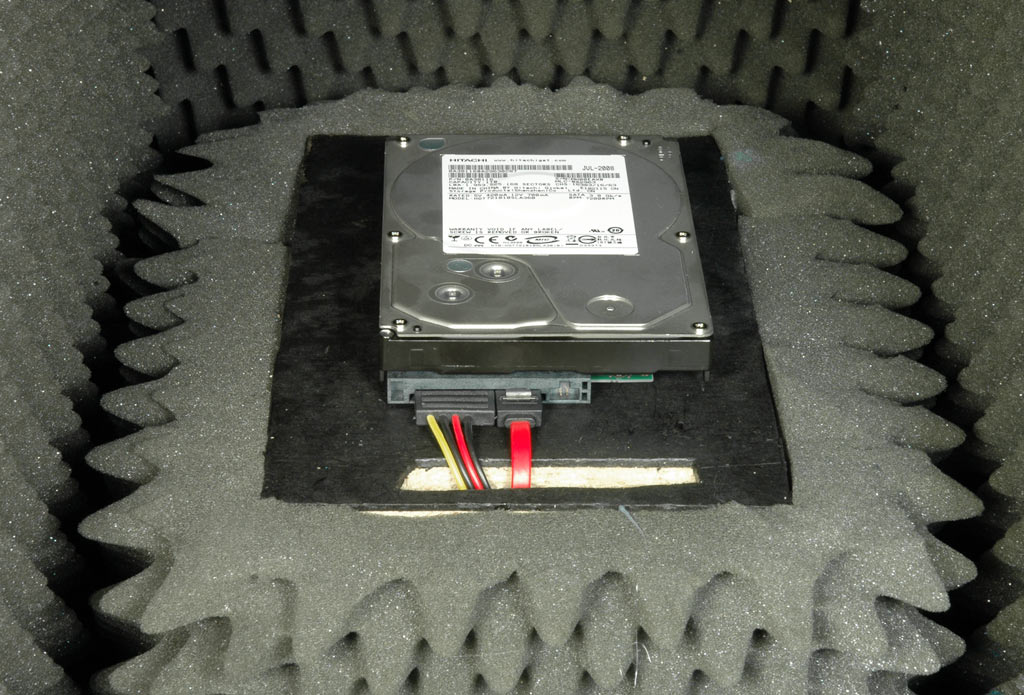Acoustically Manage Your Hard Drive
AAM--Automatic Acoustic Management Analyzed
Hard drive manufacturers have been differentiating like crazy in order to provide the right storage products for everyone. They offer mainstream hard drives, drives for notebook PCs, performance-optimized desktop models for enthusiasts, and hard drives for business and enterprise applications. There are also “green” drives that were designed to consume as little power as possible. However, you might not know this, but users can alter a hard drive’s characteristics via the acoustic management feature, which allows the modification of access patterns and changing hard drives from their default mode (fast) into a quiet mode. How does this influence power consumption and performance? We used a Hitachi Deskstar 7K1000.B to find some answers.
Fast Vs. Quiet
All hard drives based on the UltraATA/100 or Serial ATA interfaces include the automatic acoustic management feature (AAM), but you need software tools to access it and modify its settings. Although AAM allows you to set many individual values ranging from maximum performance to lowest noise, many tools only facilitate setting the drive to one of two modes: “fast” or “quiet. ” As intensive hard drive activity typically increases power requirements, less aggressive access patterns may indeed result in decreased power consumption. The key for reducing access noise lies in smoothing out the acceleration and braking of the read/write heads.
Performance First
As far as we know, most hard drives are not pre-set for quiet operation, but rather utilize their fast mode. Most drives we have received and that we benchmarked for inclusion in our 3.5” HDD Performance Charts were set in fast mode. Those that weren’t were manually set to “fast” by our staff. There is no reliable way of telling which mode is currently enabled except by utilizing analysis tools such as SiSoft Sandra, as the performance difference requires significant workloads or benchmarks to be revealed. Die-hard enthusiasts might be able to unmask the quiet mode based on the noise level, but even this requires knowing the differences.
With all of that being said, the difference between the modes is significant, as you will see in the benchmark section. Thus, we do not recommend using the quiet mode unless you really want quiet system operation. We’ll discuss why hard drives have more influence on system noise than you’d think.
Get Tom's Hardware's best news and in-depth reviews, straight to your inbox.
Current page: AAM--Automatic Acoustic Management Analyzed
Next Page Acoustic Management: How It Works
